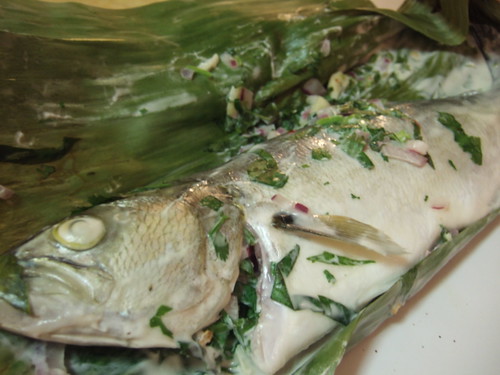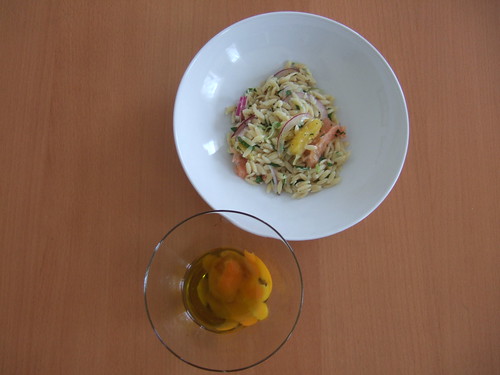3593 Townline Road, Sagaponack, Long Island
631/537.2271
about $44 for two, with two beers, with tip
♥ ♥
After spending three days on the beach in Montauk and eating fresh seafood and lobster rolls in neighboring restaurants, I was ready for some meat. I was in the backseat when we drove by Townline BBQ outside of East Hampton. I remember seeing the Grand Opening banners and thinking, I wonder what just opened there? The drivers in charge asked me where Townline BBQ was after I wrote down the address on our Long Island printout. We turned around and found out that the place that caught my eye was the barbeque place we were looking for. I knew then that I was meant to eat lunch at Townline BBQ before I head back to the city.
There are rules at Townline BBQ: you order from the counter, pay and get a beeper; pick a table and wait for your beeper to vibrate. When it does, you pick up your order from the counter. Considering my last barbeque experience in Harlem was a bust, I thought Townline was organized and well-executed. It didn’t stop with the service. Their Texas beef ribs were so good, I was using my hands not just to eat them, but also to pick from our tub of pickles and collard greens.
I don’t remember the last time I had beef ribs. Hill Country in Chelsea, which specializes in Texas-style barbeque, was out of them when I went during their first month. I also don’t remember ever having barbeque with meat as tight and stuck to the bone as Townline’s. I loved how dry it was; it didn’t have to rely on any thick sauce, although the available ones on the table were good. I picked on leftover meat from the big bones until no cartilage was left and I was licking my fingers by the time our meal was over. This was our third meal of the day and it wasn’t even 5pm.
We ordered a pulled pork plate but instead got a pulled pork sandwich. Judging from the sandwich, I bet the plate was even better. The pork meat came in beautiful strings slathered with just enough red sauce and served on a toasted bun with pickles. The pickles were more sweet than sour, but complemented all the meat we were eating when the spicyness kicked in. The collard greens were good, too, with small cubes of pork included. They also didn’t have root beer available when we visited, but a good selection of beers on tap (Julius Echter hefeweisen, toasted Blue Point) more than compensated for it.
We went on a Monday afternoon and the place was empty. I can only imagine the crowd during the weekends when vacationing Hamptons folks crave their barbeque. You may be familiar with the Hamptons because of what you read in the celebrity papers, but Townline BBQ is a good indication that Long Island is sometimes where it’s at.
Related post/s:
Montauk photos on Flickr
No need to go to Long Island for Texas-style barbeque
Oklahoma Smoke in Harlem can use some pointers from Townline





